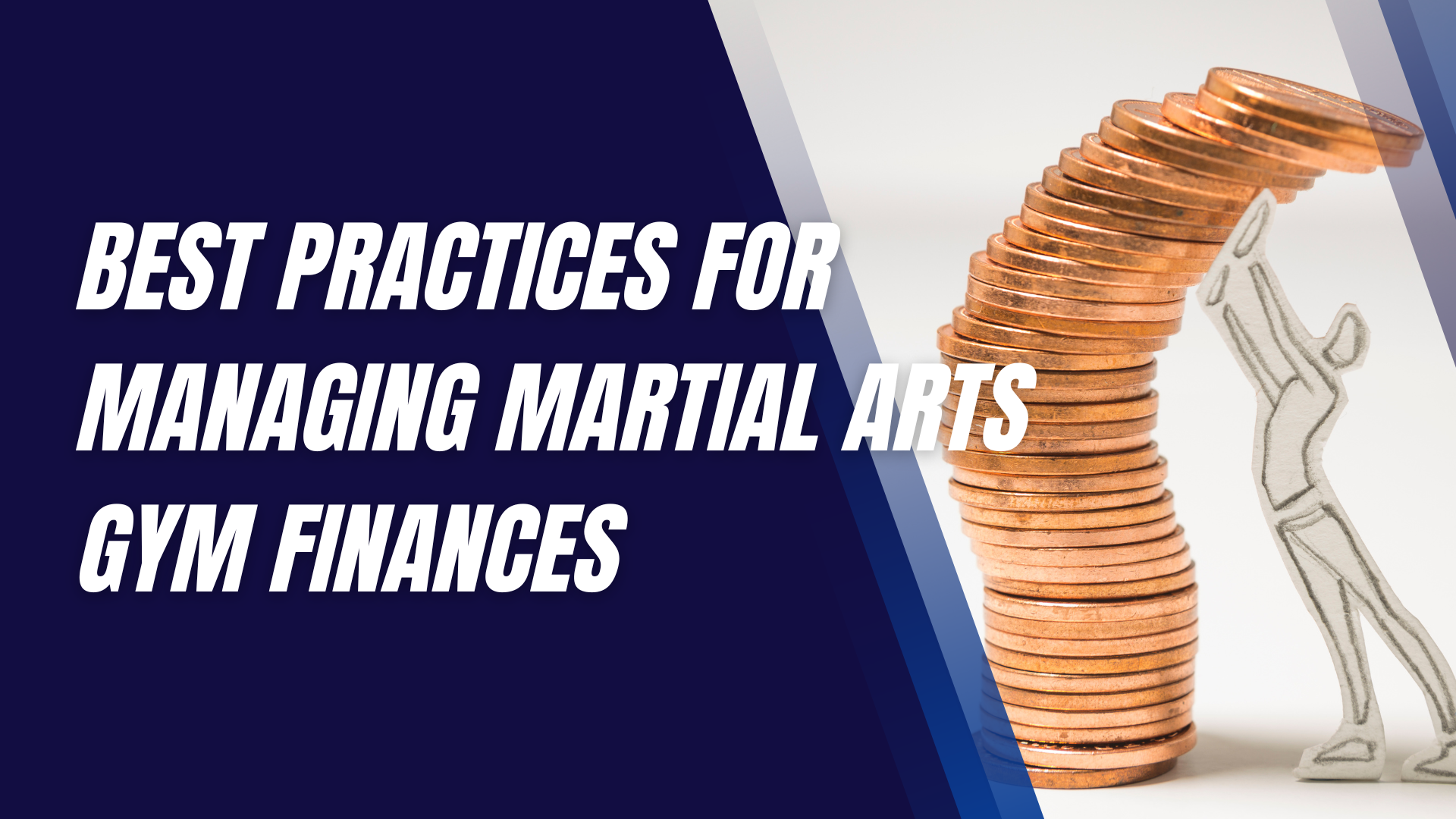How to Optimize Rest Periods for Martial Arts Training Efficiency
Rest periods are often overlooked in martial arts training, but they play a critical role in enhancing performance, improving recovery, and preventing injuries.
Whether you're a seasoned martial artist or just starting out, optimizing your rest periods can make a significant difference in your training efficiency. In this article, we'll explore the science behind rest, common mistakes, and practical strategies to tailor rest periods for maximum effectiveness.
Understanding Rest Periods in Martial Arts
Rest periods are the intervals between sets, exercises, or training sessions where your body recovers and prepares for the next effort. In martial arts, rest periods can vary greatly depending on the discipline, the intensity of training, and the individual’s fitness level. For instance, rest periods in Muay Thai or boxing might be shorter to simulate the pace of a fight, while Brazilian Jiu-Jitsu could require longer rests to recover from intense grappling sessions.
The Science Behind Rest and Recovery
Rest isn’t just about catching your breath; it’s a crucial component of the recovery process. During rest, your muscles repair microscopic tears that occur during training, allowing them to grow stronger. Rest also helps in replenishing energy stores and clearing metabolic waste products like lactic acid. On a neurological level, rest periods give your nervous system a break, which is essential for maintaining coordination and reaction times.
Common Mistakes in Managing Rest Periods
One of the most common mistakes in martial arts training is overtraining—pushing your body without adequate rest, which can lead to fatigue, decreased performance, and even injuries. On the other hand, not taking training seriously enough and resting too much can result in missed opportunities for improvement. Striking the right balance is key to optimizing your training outcomes.
Tailoring Rest Periods to Training Goals
Not all rest periods are created equal, and they should be adjusted based on your specific training goals. If your focus is on building strength, longer rest periods (2-5 minutes) between sets allow for greater recovery, enabling you to lift heavier weights or perform more challenging exercises. For endurance training or conditioning, shorter rest periods (30-60 seconds) are more effective as they simulate the sustained effort required in a fight.
Short Rest Periods: Pros and Cons
Short rest periods are great for increasing cardiovascular fitness and muscular endurance. They keep the heart rate elevated and push the muscles to adapt to less recovery time. However, the downside is that inadequate rest can lead to form breakdown, increased risk of injury, and eventually overtraining if not managed carefully.
Long Rest Periods: When Are They Necessary?
Longer rest periods are beneficial when training for maximum strength or when learning complex techniques that require high levels of concentration and precision. For example, when practicing heavy lifts or explosive movements like throws, longer rest allows for complete recovery, which is crucial for maintaining proper form and preventing injuries.
Incorporating Active Rest
Active rest involves low-intensity activities that keep the body moving without exerting too much effort. This could include light shadowboxing, stretching, or gentle mobility exercises. Active rest helps in maintaining blood flow, reducing muscle stiffness, and mentally resetting between sets or rounds, making it a valuable tool in martial arts training.
Optimizing Rest Periods for Sparring Sessions
Sparring is one of the most intense components of martial arts training, requiring a fine balance between effort and recovery. During sparring, short, strategic rest periods can help in maintaining peak performance while preventing burnout. For instance, taking 30-second to 1-minute breaks between rounds allows for brief recovery while keeping the body and mind engaged.
Rest Period Strategies for Different Martial Arts Disciplines
Different martial arts disciplines have unique demands that affect how rest periods should be managed:
- Boxing and Muay Thai: These striking arts often involve high-intensity rounds with short rests to mimic the conditions of a fight. Resting for about 1 minute between rounds can help sustain performance without letting the body cool down too much.
- Brazilian Jiu-Jitsu and Grappling: Due to the intense physical contact and isometric strength involved, longer rest periods (2-3 minutes) are often necessary to fully recover between rounds.
- Taekwondo and Karate: These arts focus on speed and agility, so rest periods are often kept short to maintain a high tempo.
Using Technology to Monitor Rest Periods
Modern technology offers various tools to help optimize rest periods, such as fitness trackers and smartphone apps that monitor heart rate and rest intervals. These devices can provide personalized feedback, allowing you to adjust your rest based on real-time data, which can be particularly useful for fine-tuning training efficiency.
The Role of Nutrition and Hydration in Rest Efficiency
Rest periods are not just about time—they’re also about what you do with that time. Proper nutrition and hydration play a crucial role in recovery. Consuming the right nutrients before, during, and after training can speed up recovery, reduce muscle soreness, and improve overall performance. Hydration is equally important, as even mild dehydration can negatively affect your training and recovery.
Mental Rest and Its Importance in Training
Physical rest is essential, but so is mental rest. Martial arts require a high level of mental focus and strategy. Techniques like mindfulness, meditation, or simply taking a few deep breaths between rounds can help clear your mind, reduce stress, and improve your mental resilience.
Creating a Balanced Training Schedule
A well-structured training schedule that includes planned rest days and lighter training weeks can prevent overtraining and burnout. Listening to your body and adjusting rest periods based on how you feel is crucial. Remember, rest is an integral part of training, not an interruption.
Final Thoughts
Optimizing rest periods is key to enhancing your martial arts training efficiency. By understanding the role of rest, tailoring it to your training goals, and incorporating active rest and mental relaxation, you can maximize your performance and minimize the risk of injury. Remember, rest is not just downtime—it's a vital component of your growth as a martial artist.
Interested in trying a martial arts class? Find an affiliated academy anywhere in the country by clicking here.
Have your own martial arts program? Get to know more about what we have to offer at Ground Standard Agency for helping martial arts businesses grow.
Email us at info@groundstandard.com, or call and text us at (732) 907-8920 today to learn how to start growing your own academy, school, dojo, or gym with us as well.
Share this article












